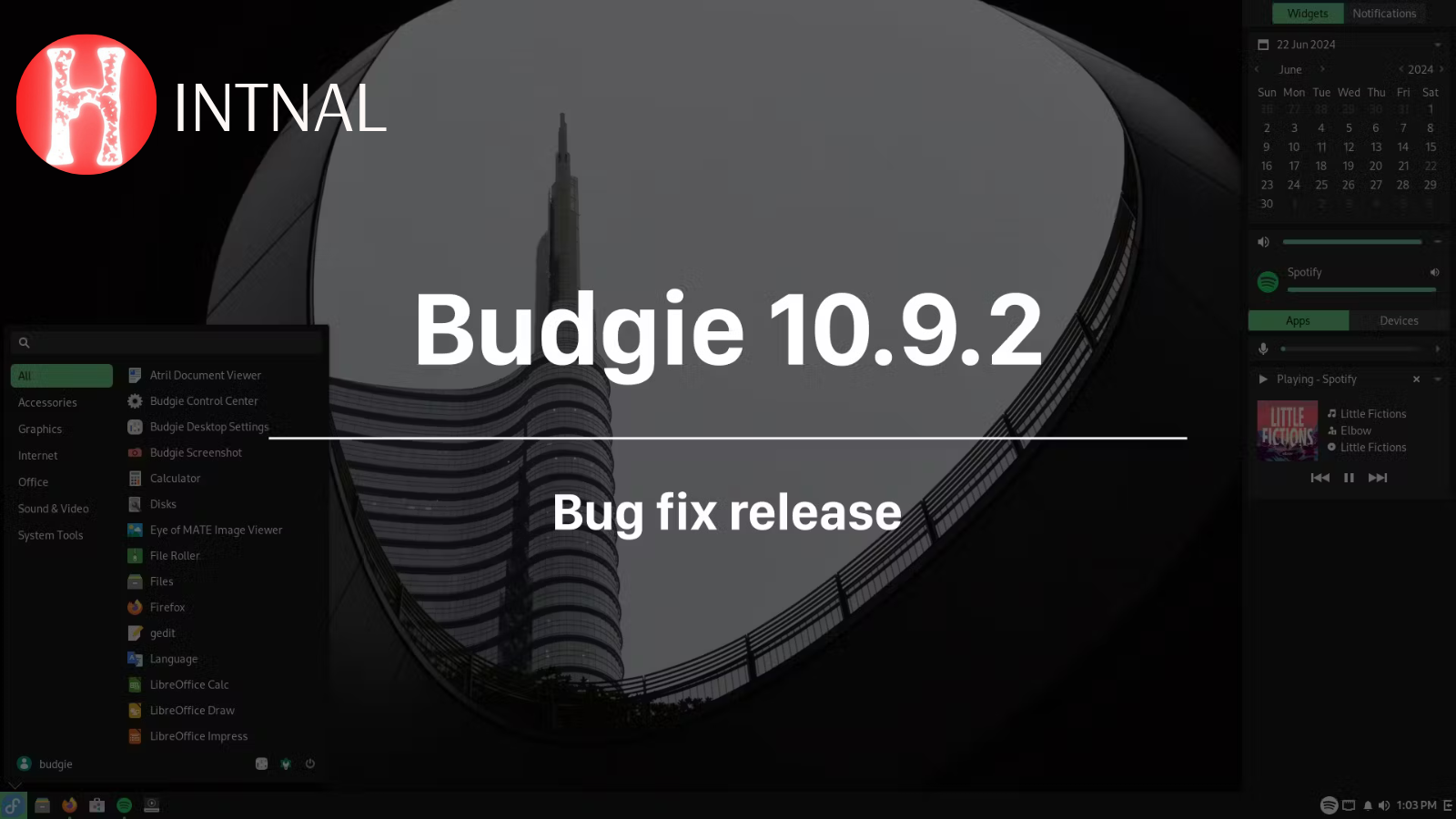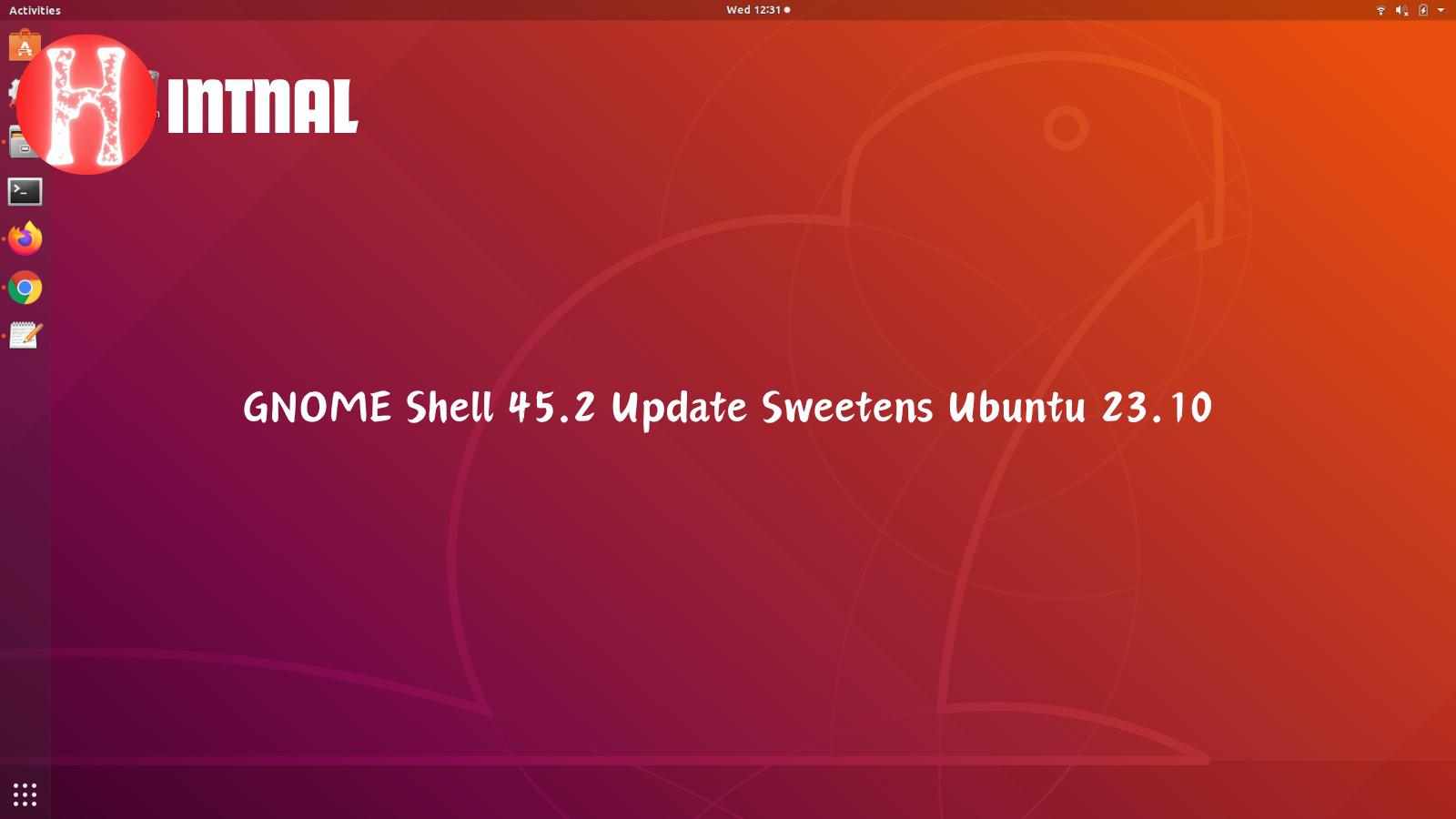
GNOME 49 Alpha is now available for public testing. This upcoming release disables X11 sessions by default, pushing users toward Wayland. Explore the key changes, improvements, and what it means for the Linux desktop ecosystem.
READ ALSO: Linux Mint 22.2 ‘Zara’ Unleashes Fingwit: A Smarter, Seamless Fingerprint Login for Desktop Security
The GNOME Project has officially released GNOME 49 Alpha, marking a significant step in its development cycle. With this alpha build, one bold change stands out: X11 sessions are now disabled by default, accelerating the transition to Wayland.
Let’s break down what’s new, what’s changed, and why it matters — no fluff, just facts.
What Is GNOME 49 Alpha?
- GNOME 49 is the next major release of the GNOME desktop environment, set to officially launch in September 2025.
- The Alpha release is meant for testers, developers, and distro maintainers to try out new features and report issues early in the cycle.
- This is the first development milestone — it’s not for production systems but is publicly available for testing.
Key Highlights of GNOME 49 Alpha
X11 Disabled by Default
- Perhaps the most controversial yet expected change: X11 sessions are no longer enabled by default.
- This only affects GNOME on Wayland-compatible systems — X11 support still exists but is opt-in.
- This decision reflects GNOME’s goal to fully transition to Wayland, considered more secure and modern.
🔍 Why this matters:
Most modern compositors and display managers already default to Wayland, but X11 fallback was widely used. Disabling it signals strong confidence in Wayland’s stability and GNOME’s future direction.
Improvements in Mutter and GNOME Shell
- Mutter, the Wayland compositor and window manager, has received:
- Input latency improvements
- Refinements to frame timing
- Better multi-monitor handling
- GNOME Shell has updated:
- Quick toggles UI
- Keyboard navigation behavior
- Accessibility options in Settings
UI and UX Tweaks
- Slight redesigns for core UI elements.
- More consistent spacing and padding across GTK apps.
- New adwaita-icon-theme additions for app developers.
GNOME Settings Overhaul (Work in Progress)
- Network settings and privacy panels are under redesign.
- Better support for VPN plugins and third-party backends.
- Experimental sections to test hardware-aware power management.
Security Enhancements
- Sandboxing support improvements.
- Better Wayland support for flatpaks and secure input methods.
- Reducing the surface area for X11-related exploits.
Other Notable Technical Changes
- Glycin Replaces Gdk-Pixbuf for SVG
GNOME now uses the Glycin image loader, replacing the older SVG loader from Gdk-Pixbuf. This improves performance and modernizes image handling. - Session Restore Support Removed
Legacy session restoration support based on X11’s XSMP protocol has been removed from GNOME Session. - Color Format Improvements in Mutter
Mutter now supports modern display formats such as YUV422 and YUV444, along with color representation protocols. - New Shell Enhancements
GNOME Shell now includes a “Do Not Disturb” toggle in Quick Settings. Accessibility features like screen readers are now accessible from the login UI.
What’s Deprecated or Removed
- X11 session startup is no longer the default.
- Support for some legacy windowing hints used in X11 apps is being cleaned out.
- Several deprecated GNOME Shell extensions may break in this version.
Developers of GNOME extensions are advised to start testing and updating their code against 49 Alpha to ensure compatibility.
How to Try GNOME 49 Alpha
Requirements:
- A Linux distro that offers GNOME Nightly (e.g., Fedora Rawhide or GNOME OS).
- Flatpak and GNOME Builder (for app developers).
Testing Options:
- GNOME OS Nightly Images:
Use Boxes or [Virt-Manager] to run test images. - Build from source using JHBuild or GNOME Builder.
GNOME warns: This is alpha software, not suitable for production or daily usage.
GNOME 49 Release Schedule (Tentative)
| Milestone | Date |
|---|---|
| Alpha Release | July 6, 2025 |
| Beta Release | August 10, 2025 |
| Release Candidate | September 1, 2025 |
| Final Release | September 18, 2025 |
What This Means for Linux Users
- End users may see faster and more responsive desktops — especially on Wayland.
- X11-dependent apps or legacy hardware users might face limitations.
- Distributions (like Ubuntu, Fedora, Arch) will need to decide how aggressively to adopt this change.
Expect distributions like Fedora to align closely with GNOME 49 defaults, while others like Ubuntu might delay or patch defaults to include X11 fallback.
Closing Thoughts
GNOME 49 Alpha is a bold step in modernizing the Linux desktop. By disabling X11 by default, the project reinforces its commitment to Wayland, security, and performance.
While it’s too early to judge the full release, this Alpha signals that GNOME is confident in its current direction — and it’s up to the broader ecosystem to catch up.


